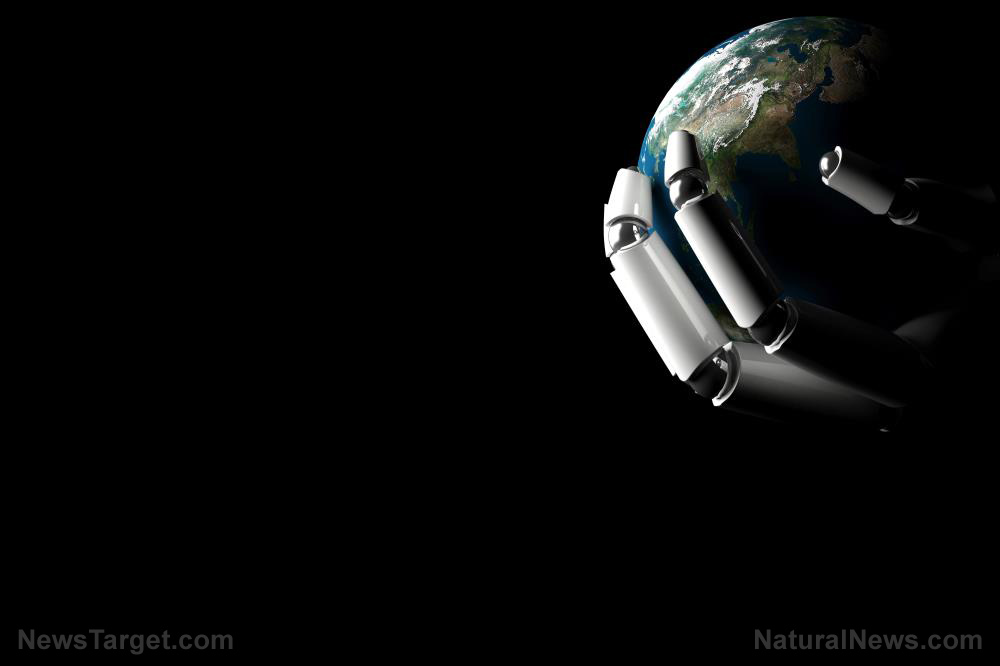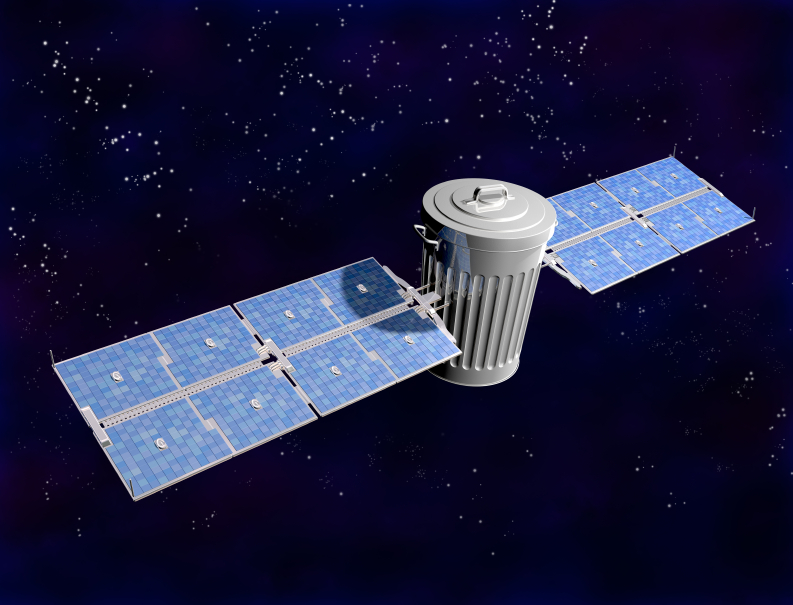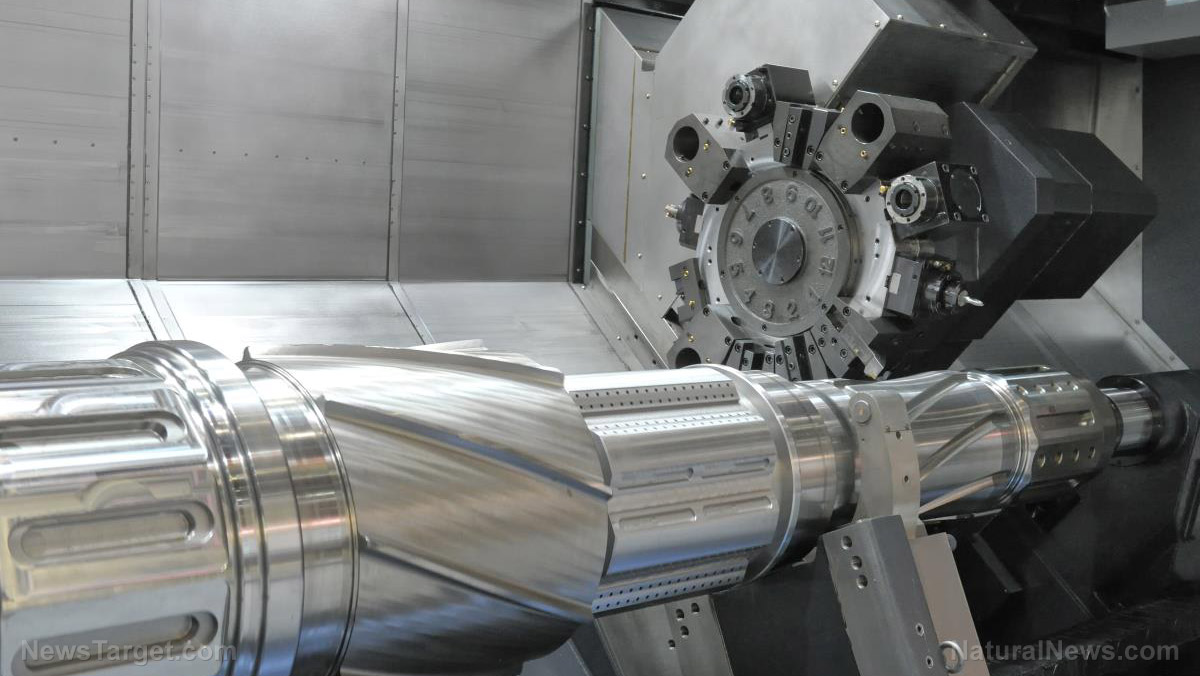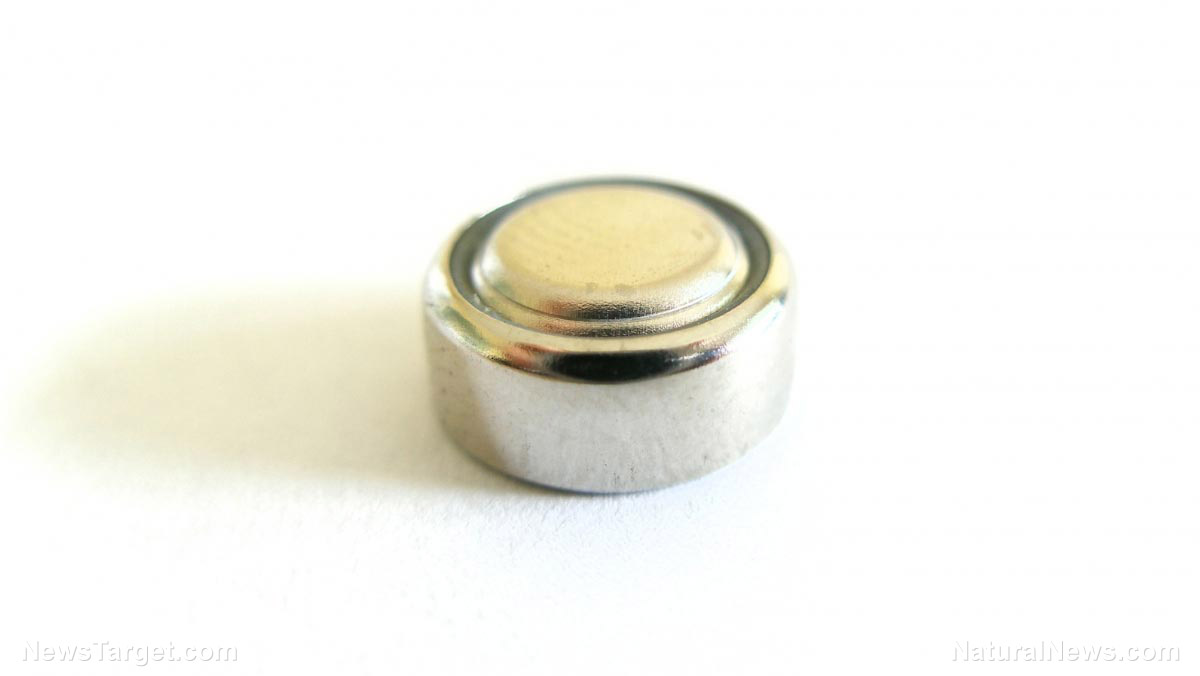Israeli scientists print world’s first live human heart
05/01/2019 / By Ethan Huff

Groundbreaking new research out of Tel Aviv University (TAU) in Israel has the potential to forever change the way that organ transplant patients receive medical care.
According to reports, scientists from the school successfully printed the world’s first live human heart using a 3-D printer, the details of which are fleshed out in a study published in the Advanced Science journal.
If the results of this groundbreaking paper are an accurate indicator, there could soon come a day when it is no longer necessary to extricate vital organs from one human in order to implant them into another – which means no more risk of organ rejection in transplant recipients.
Drs. Nadav Nur and Assaf Shapira say that their amazing discovery could lead to its actual clinical use within the next decade, assuming all goes as planned – and the result could be the ability to manufacture human organs on demand.
The two doctors reportedly used tissue samples without actual blood vessels to create the artificial heart, which they say is made from human cells and “patient-specific biological materials.”
“In our process, these materials serve as the bio-inks, substances made of sugars and proteins that can be used for 3-D printing of complex tissue models,” Dr. Tal Dvir, a professor at TAU’s School of Molecular Cell Biology and Biotechnology, Department of Materials Science and Engineering in the Center for Nanoscience and Nanotechnology, the Sagol Center for Regenerative Biotechnology, and the study’s lead author is quoted as saying.
“People have managed to 3-D print the structure of a heart in the past, but not with cells or with blood vessels,” he adds. “Our results demonstrate the potential of our approach for engineering personalized tissue and organ replacement in the future.”
For more related news about how 3-D printing is changing the world, be sure to check out 3DPrint.news.
Small but significant
In its current iteration, the 3-D heart that Dr. Dvir and his team produced is only large enough to be implanted into a rabbit. But the technique is developed enough to produce a larger artificial heart for use in humans, which the scientists involved expect to be the crown jewel of their research endeavor.
“This is the first time anyone anywhere has successfully engineered and printed an entire heart replete with cells, blood vessels, ventricles and chambers,” Dr. Dvir stated further.
The key to the technology’s success, Dr. Dvir maintains, is obtaining “native,” patient-specific cells and other materials. From there, scientists can tweak the production process to create the required organ in such a way that it’s a perfect fit for a patient’s unique biology.
In 10 years, Dr. Dvir says, “there will be organ printers in the finest hospitals around the world, and these procedures will be conducted routinely,” he’s quoted as saying.
U.K. researchers were the first to create embryonic stem cells using 3-D printing technology
Back in 2013, researchers from Heriot-Watt University in Edinburgh, Scotland, discovered a method to produce embryonic stem cells using a 3-D printer.
As we reported at the time, this discovery was the first known instance in which scientists successfully used 3-D printing technology to create this specific type of human tissue, which can be used as a template to create all sorts of human organs.
“To the best of our knowledge, this is the first time that these cells have been 3D printed,” the author of a paper about the discovery announced. “The technique will allow us to create more accurate human tissue models which are essential to in vitro drug development and toxicity-testing.”
For more news about scientific discoveries that are improving the way health care is administered, be sure to check out HealingArts.news.
Sources for this article include:
Tagged Under: 3D printing, breakthrough, discoveries, embryonic stem cells, future tech, healthcare, heart health, human tissue, Israel, medical tech, organ transplant, organs



















